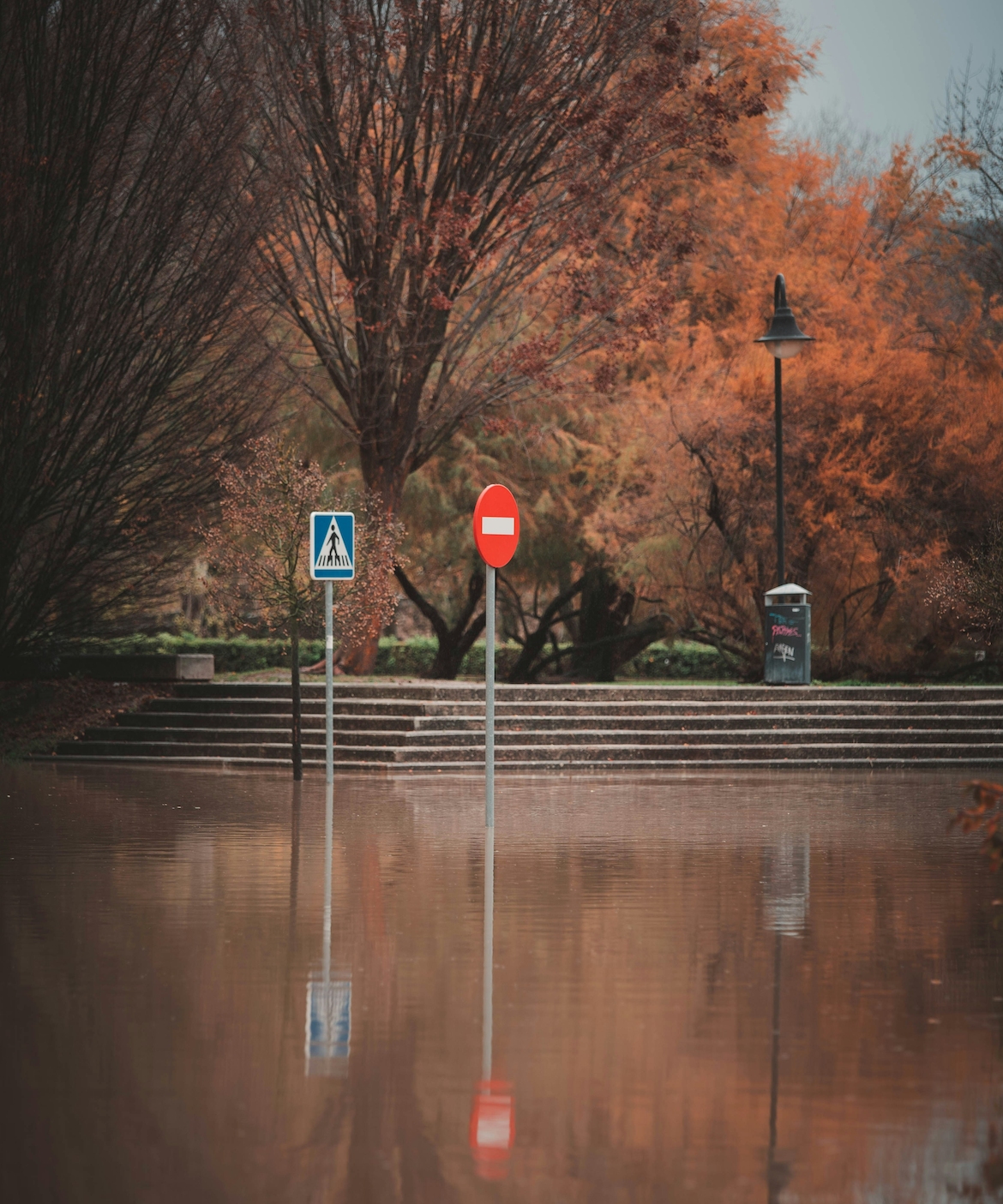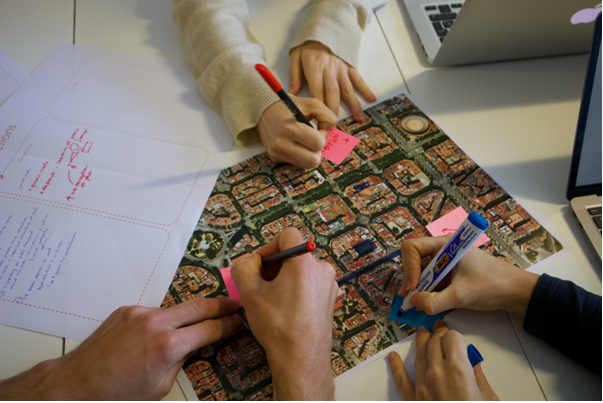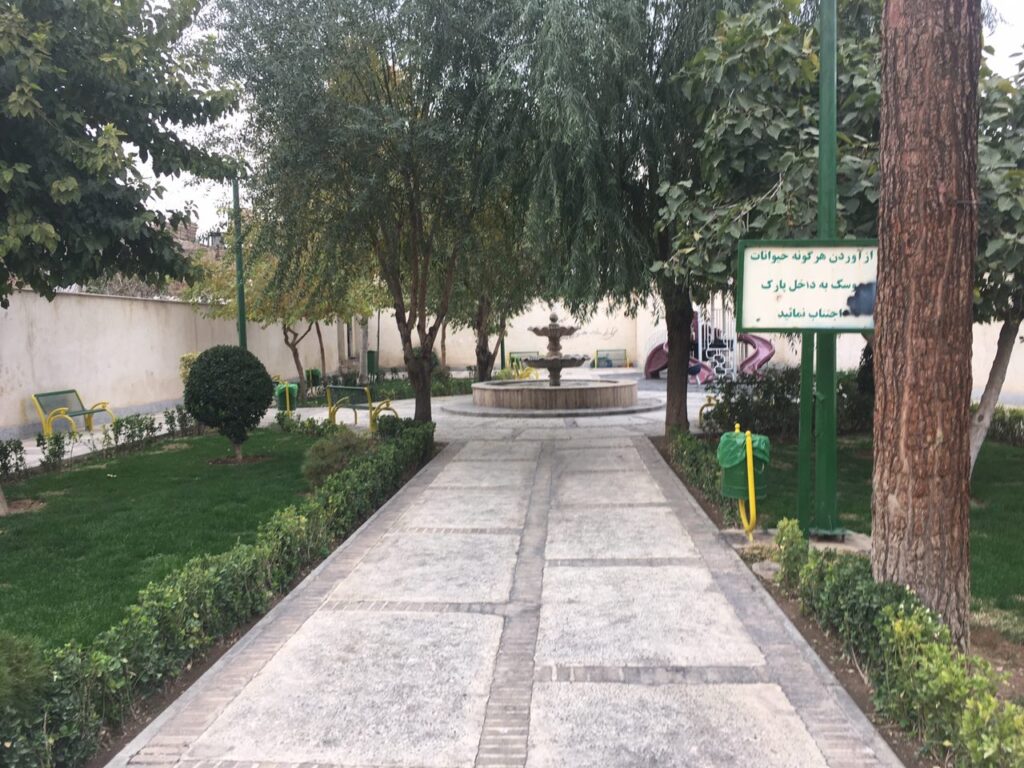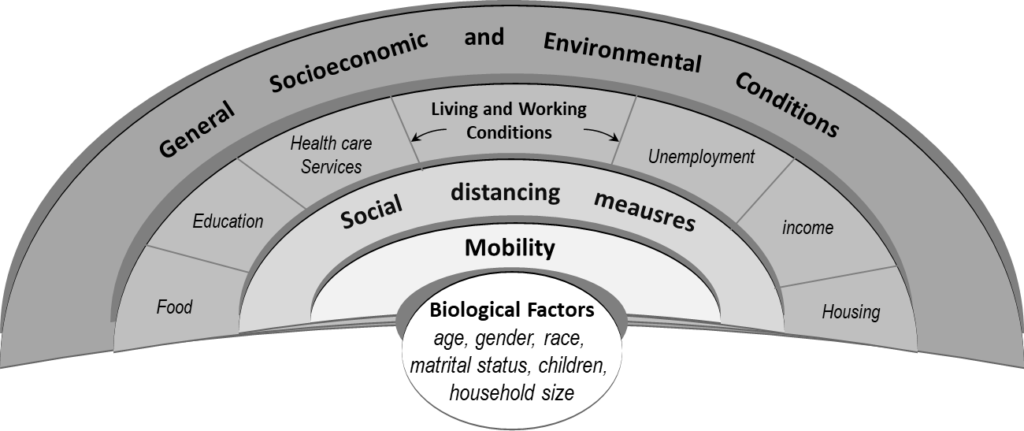City Know-hows

Cities need to be aware of their vulnerabilities to local emergencies. They also need to understand which urban planning, design and management strategies work best to build resilience. We reviewed the latest scientific evidence to identify the most effective preparedness strategies for different emergency scenarios, analysing co- and dis-benefits among them. Ideas and tools for local authorities and communities in general to build back better.
Share
Target audience
Local authorities/officers; urban planners; architects
The problem
Cities can contribute a lot to health protection and wellbeing through urban resilience strategies and action. To do so, they need to know about what strategies are available and have proven to be effective in other cities, and understand the co- and dis-benefits among them. The academic literature about these links between health, urban planning and disaster management has not been consolidated; evidence from the local level is especially lacking.
What we did and why
In an aim to help local authorities and communities to build resilience, we carried out an evidence-based compilation of the best strategies and actions to build resilience at the local level. We identified a wide array of urban planning, design and management strategies, and analysed the co- and dis-benefits among them. We present them through eight cross-cutting issues (including urban form/models, green infrastructure, buildings, or transportation), making visible the environmental and health benefits associated with each strategy.
Our study’s contribution
This study brings together a wide array of strategies for local officers and planners to build resilience to emergencies; a compilation that (to the best of our knowledge) was not previously available, but rather dispersed in case studies and often focusing on single hazard types. The main contribution of this work is bringing together these concrete local actions through the lens of 8 cross-cutting issues related to urban planning and management, analysing how concrete actions might work together in an urban context.
Impacts for city policy and practice
The study can help local authorities and communities in general to:
• Understand/reflect on what type of vulnerabilities they might have to local emergencies and their associated environment and health impacts.
• Come up with ideas and tools to build resilience through concrete urban planning, design and management actions.
• Identify synergies, co-benefits and dis-benefits among strategies.
• Adopt an all-hazard, multi-risk approach to building urban resilience.
• Further integrate health protection considerations into mainstream urban planning and management.
Further information
More on the case study cities and other related outputs of the Protecting Environments and Health by Building Urban Resilience project (led by the European Centre for Environment and Health of the WHO Regional Office for Europe)
WHO Europe ‘Protecting Environments and Health by Building Urban Resilience’: Project website.
UN-Habitat Urban Resilience Hub: Website.
Related City Know-how posts:
Urban planning for health: experiences from 12 European cities of building resilience at the local level
How can indicators support planning for healthier and more resilient cities?
Full research article:
Urban planning, design and management approaches to building urban resilience: a rapid review of the evidence by Carlotta Sáenz de Tejada, Carolyn Daher, Laura Hidalgo, Sinaia Netanyahu, Mark Nieuwenhuijsen, Mattias Braubach.
Related posts

With so many different forms of guidance available for incorporating health into planning, our study evaluated what makes a healthy planning framework successful.

Discover how local environments shape resident well-being. Our study reveals the profound impact of physical and social neighbourhood features on adults’ quality of life. Uncover the key elements that make a community thrive and their implications for urban planning and policy.

The psychological impact of social distancing order during the COVID-19 pandemic can be determined by combining the effects of both individual and community capacities. This study supports the need to improve the physical environment to implement more sustainable health policies in different communities and cities across the world.